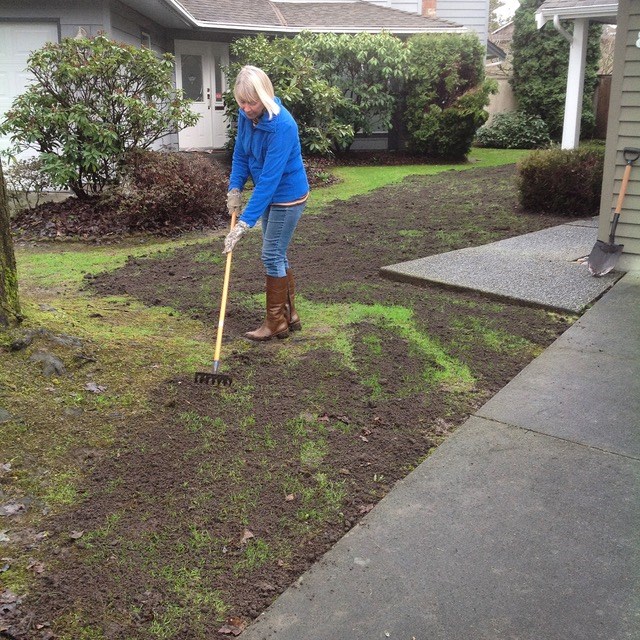We live in the best neighbourhood in Richmond. There are 19 families that live in our cul de sac. For many years now, we have been enjoying Tuesday night group walks together, a summer pot luck party and many chats “over the fence” as we try to solve world problems.
A current Richmond problem has taken over some of the lawns in our cul de sac — the dastardly chafer beetle. Chafer beetles lay their eggs in our lawns in July. The eggs hatch in a couple of weeks and then start feeding on our grass roots. The damage to our lawns occur when the crows, skunks, squirrels and raccoons start to dig up the grass in the early spring to look for these tasty treats.
Chafer beetles prefer to lay their eggs in unhealthy lawns where the grass is cut too short.
So, when the problem started to appear in our cul de sac, the best neighbours in Richmond put together a plan. It took us three days to get at least 14 families on board. We purchased eight-cubic-feet of top grade top soil from Kutny’s Richmond Soils on No. 6 Road for under $20 per family, including delivery.
Saturday morning, at 9 a.m. precisely, a big truck dumped the load of soil in the middle of our cul de sac! An army of people with wheelbarrows, rakes, shovels appeared ready to get to work.
After raking up any damaged patches of grass, we spread a light top dressing of the soil on all of our lawns, then sprinkled it with a medium dolomitic limestone mix; finally, we overseeded the lawn with a grass seed mix. The limestone counteracts the acidity in our soil which prevents the grass from taking in nutrients necessary for its optimal growth and health. The top dressing of soil or compost and overseeding encourages deep roots to help prevent the return of the chafer beetle.
As temperatures climb, our grass begins to grow. The best neighbours in Richmond now know not to mow their grass too short. Mowing height should be around three to four inches to promote a longer root system that is more resilient to the larvae feeding.
We will also be leaving our grass clippings on our lawns to naturally fertilize our lawns with nutrients after each mowing.
Through the late spring, summer and into the fall, we will water our lawns deeply at least once a week to promote a lush lawn-resistant to damage and drought.
This whole process will be repeated in the fall. By taking these steps in your neighbourhood, you, too, may be able to claim that you live in the best neighbourhood in Richmond.
Lynda Pasacreta is the current president of the Richmond Garden Club. For more information, visit RichmondGardenClub.ca.



